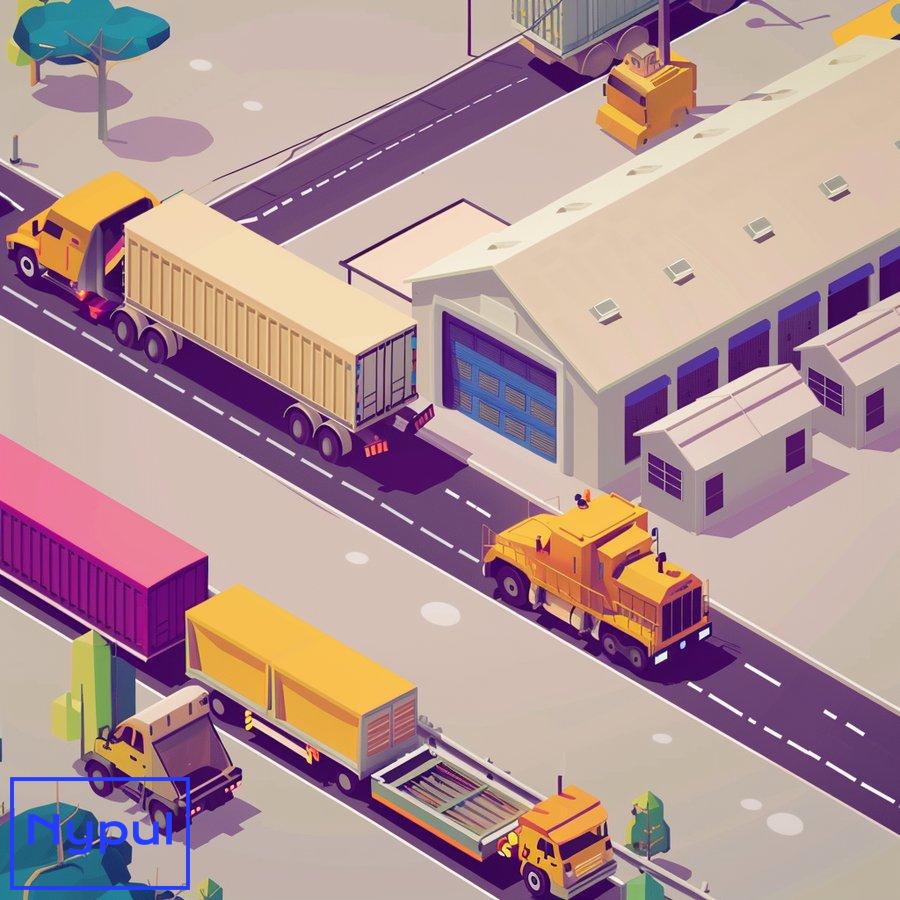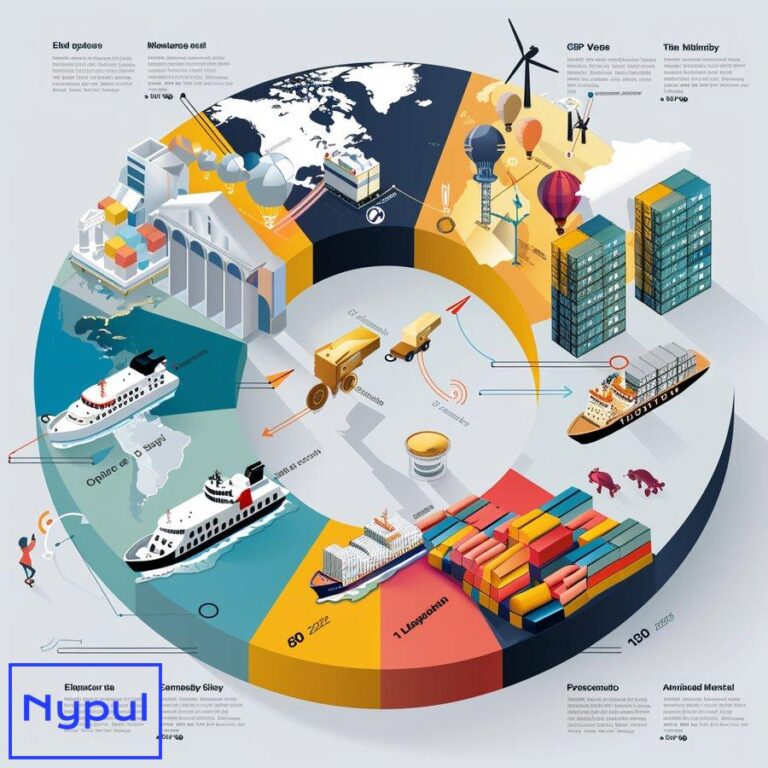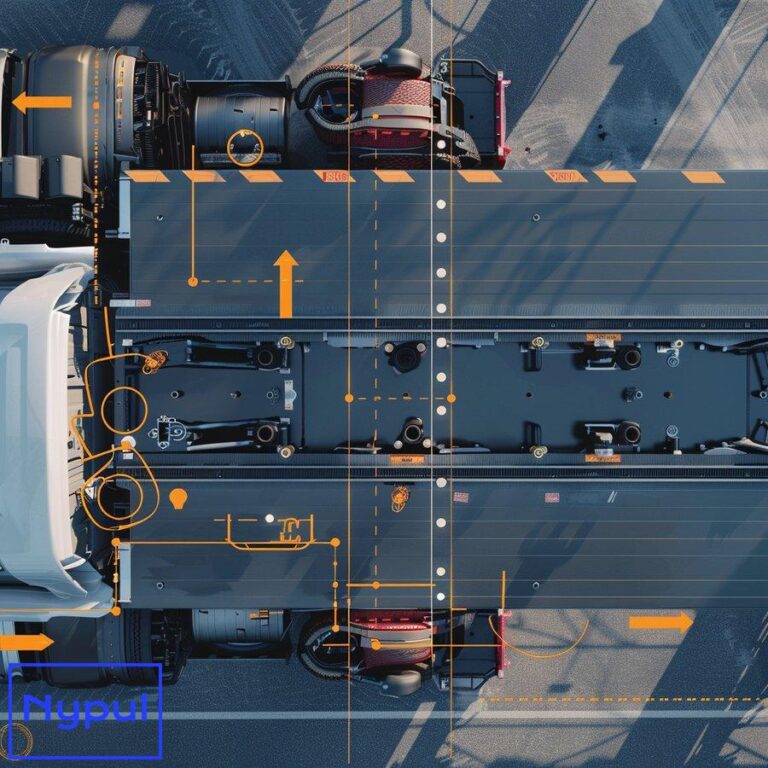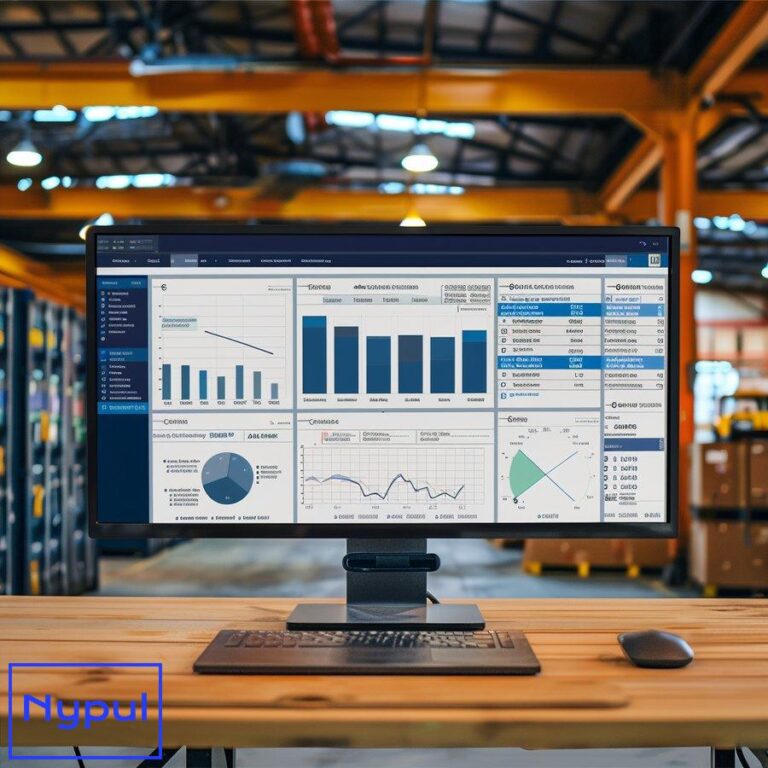What Do You Need to Know About Drayage
Understanding drayage is essential for anyone involved in logistics and supply chain management. This article will explore the multifaceted world of drayage, covering its role in the broader supply chain, key players involved, cost factors, regulatory environment, technological advancements, challenges faced by providers, and guidance for selecting the right drayage partner.
How does drayage fit into the broader supply chain management?
Drayage serves as a critical link in the supply chain, facilitating the movement of goods over short distances. It often acts as the first or last mile in an intermodal shipping process, connecting various modes of transportation such as ships, trucks, and trains. Understanding how drayage fits into the broader supply chain involves recognizing its importance in maintaining efficiency and minimizing delays.

The Role of Drayage in Supply Chain Management
-
Intermodal Transportation: Drayage is integral to intermodal transportation, where goods are transferred between different transport modes. For instance, a shipment may travel by sea to a port and then require drayage services to move it to a rail yard or warehouse.
-
Efficiency and Timeliness: Efficient drayage operations contribute to timely deliveries. Delays at this stage can lead to bottlenecks that affect the entire supply chain. For example, if containers are not picked up promptly from ports, it can result in demurrage fees and increased costs.
-
Cost Management: Effective drayage services can help manage overall shipping costs. By optimizing routes and reducing transit times, companies can save on fuel and labor expenses.
Key Components of Drayage in Supply Chain
| Component | Description |
|---|---|
| Container Movement | Transporting containers from ports to warehouses or rail yards. |
| Coordination | Managing schedules between different transport modes to ensure seamless transitions. |
| Documentation | Handling necessary paperwork for customs and compliance during transfers. |
Drayage is not merely about moving goods; it involves careful planning and coordination to ensure that each step in the supply chain runs smoothly.
Who are the key players in drayage operations?
Understanding who is involved in drayage operations is crucial for grasping how this segment of logistics functions. Several key players contribute to effective drayage services:
Key Players in Drayage Operations
-
Drayage Carriers: These are trucking companies that specialize in short-distance transportation of cargo. They often own or lease trucks specifically designed for carrying containers.
-
Freight Forwarders: These intermediaries manage logistics for shippers, coordinating the movement of goods through various transport modes, including drayage.
-
Shippers: Businesses that need to transport goods rely on drayage services to connect their products with end customers or distribution centers.
-
Ports and Terminals: These facilities serve as critical hubs where cargo is transferred between different transportation modes. They play a significant role in scheduling and managing container movements.
-
Logistics Providers: Companies that offer comprehensive logistics solutions often include drayage services as part of their offerings, providing end-to-end solutions for shippers.
Relationships Between Key Players
The relationships between these players are interconnected:
-
Shippers rely on freight forwarders to coordinate with drayage carriers for timely pickups and deliveries.
-
Drayage carriers depend on ports for access to containers and efficient loading/unloading processes.
-
Logistics providers facilitate communication among all parties involved, ensuring that operations run smoothly.
Understanding these relationships helps businesses navigate the complexities of logistics and optimize their supply chains effectively.
What factors influence drayage costs and pricing?
Drayage costs can vary significantly based on several factors. Understanding these variables is essential for shippers looking to manage their logistics budgets effectively.
Factors Influencing Drayage Costs
-
Distance: The distance between pickup and delivery points is a primary factor. Longer distances generally incur higher costs due to increased fuel consumption and labor expenses.
-
Container Size and Weight: Larger or heavier containers may require specialized equipment or additional handling, leading to increased costs.
-
Location: Urban areas often have higher charges due to congestion and limited access. Conversely, remote locations may incur extra fees for transportation difficulties.
-
Additional Services: Special requirements such as temperature control or hazardous material handling can add to overall costs.
Common Drayage Fees
| Fee Type | Description |
|---|---|
| Demurrage Fees | Charges incurred when containers remain at ports beyond allowed time. |
| Detention Fees | Fees for taking too long to return empty containers after unloading. |
| Accessorial Charges | Additional fees for services beyond standard transportation (e.g., liftgate service). |
Understanding these factors allows shippers to anticipate costs better and make informed decisions about their logistics strategies.
What regulations govern drayage operations?

Drayage operations are subject to various regulations that ensure safety, environmental compliance, and operational efficiency. Familiarity with these regulations is crucial for all stakeholders involved in logistics.
Key Regulatory Areas
-
Environmental Regulations: Many jurisdictions impose strict emission standards on drayage carriers. For example, California has implemented regulations aimed at reducing air pollution from heavy-duty trucks operating at ports.
-
Safety Standards: Regulations governing vehicle maintenance, driver qualifications, and load securing practices are essential for ensuring safe transportation of goods.
-
Customs Documentation: Accurate paperwork is vital for smooth operations, especially when dealing with international shipments. Non-compliance can lead to delays and penalties.
Challenges in Compliance
Navigating these regulations can be complex due to regional variations:
-
Different states may have unique requirements regarding emissions or safety standards.
-
The volume of paperwork required can lead to errors if not managed efficiently.
Staying informed about regulatory changes is crucial for avoiding penalties and ensuring smooth operations within the drayage sector.
How is technology transforming drayage services?
Technology plays a pivotal role in enhancing the efficiency of drayage operations. By embracing innovative solutions, companies can streamline processes and improve overall service quality.
Technological Advancements Impacting Drayage
-
Transportation Management Systems (TMS): These systems provide real-time visibility into shipments, allowing shippers to track containers throughout their journey. This capability helps minimize delays caused by miscommunication or lack of information.
-
Automated Dispatching Tools: Automation tools can optimize routing and scheduling for drivers, reducing idle time and improving overall efficiency.
-
Telematics Systems: These systems monitor vehicle performance and provide data on fuel consumption, driver behavior, and maintenance needs, helping companies reduce operational costs.
Benefits of Technology Integration
Integrating technology into drayage operations offers several advantages:
-
Improved Communication: Real-time updates enhance communication between shippers, carriers, and ports.
-
Enhanced Efficiency: Automation reduces manual errors and speeds up processes.
-
Cost Savings: Optimized routes lead to reduced fuel consumption and lower operational expenses.
-
Environmental Compliance: Technology can help track emissions data, ensuring compliance with environmental regulations.
By leveraging technology effectively, companies can create more responsive and sustainable logistics networks that meet evolving market demands.
What challenges do drayage providers face?
Despite its critical role in logistics, the drayage sector faces numerous challenges that can impact service delivery. Awareness of these challenges enables stakeholders to develop strategies for overcoming them.
Common Challenges in Drayage Operations
-
Port Congestion: High volumes of cargo at busy ports can lead to significant delays in container pickups. Congestion not only affects timelines but also increases costs due to detention fees.

-
Equipment Shortages: A lack of available chassis or containers can hinder timely pickups and deliveries during peak seasons.
-
Rising Costs: Fluctuating fuel prices and labor costs can impact overall profitability for drayage providers.
-
Regulatory Compliance: Adhering to varying state regulations regarding emissions or safety standards adds complexity to operations.
Strategies for Overcoming Challenges
To navigate these challenges effectively:
-
Implement Efficient Route Planning: Optimizing routes can help mitigate delays caused by congestion.
-
Invest in Technology Solutions: Utilizing TMS or telematics systems enhances visibility into operations.
-
Foster Relationships with Ports: Building strong partnerships with port authorities can facilitate smoother operations during peak periods.
-
Stay Informed on Regulatory Changes: Regular training sessions ensure compliance with evolving regulations affecting the industry.
By proactively addressing these challenges, drayage providers can enhance service reliability while maintaining competitive pricing structures.
How can shippers select the right drayage partner?
Choosing the right drayage partner is crucial for ensuring efficient logistics operations. A well-selected partner will contribute significantly to a shipper’s overall success by minimizing delays and optimizing costs.
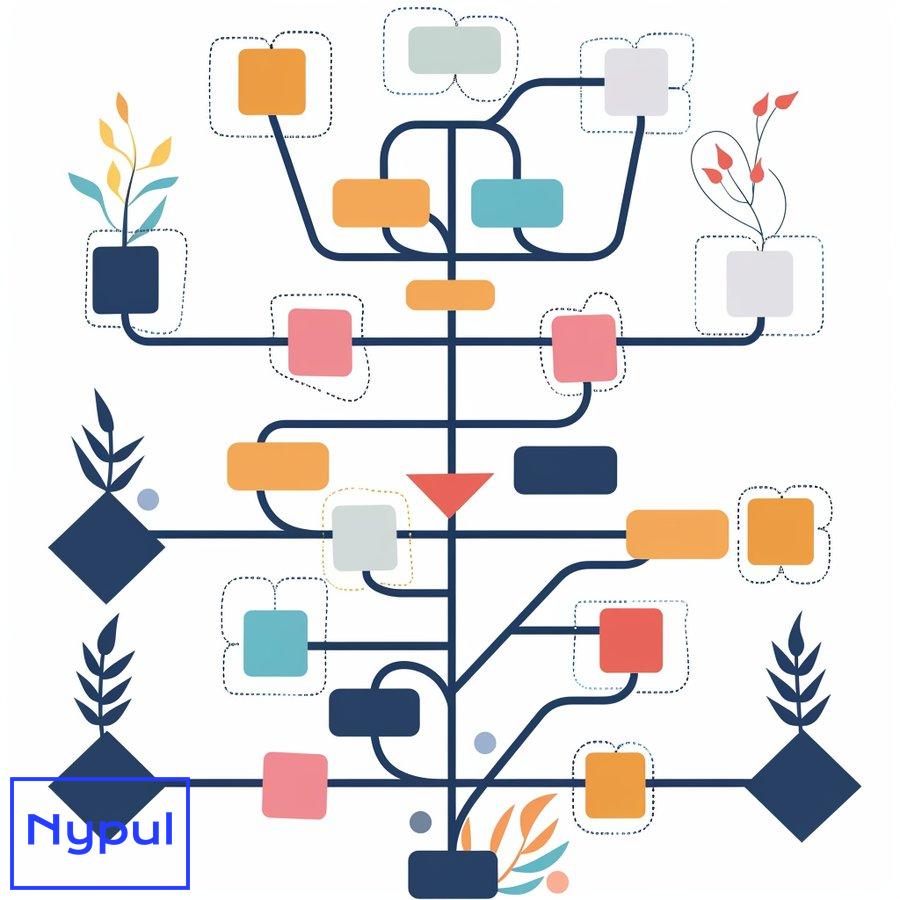
Key Considerations When Selecting a Drayage Partner
-
Experience and Reputation: Look for providers with a proven track record in managing complex logistics operations effectively.
-
Geographic Coverage: Ensure that your chosen partner has extensive coverage within your target markets to facilitate smooth transportation across regions.
-
Technology Integration: Evaluate whether potential partners utilize modern technology solutions like TMS or real-time tracking systems.
-
Cost Transparency: Seek partners that provide clear pricing structures without hidden fees or unexpected charges.
-
Customer Service Quality: Reliable communication channels are essential; choose partners known for excellent customer support throughout the shipping process.
-
Compliance Knowledge: Ensure your partner understands relevant regulations within your operating regions to avoid potential penalties or disruptions during transit.
By carefully assessing these criteria when selecting a drayage partner, shippers can foster successful collaborations that enhance their supply chain efficiency while minimizing risks associated with transportation disruptions.
In conclusion, understanding the intricacies of drayage is vital for anyone involved in logistics or supply chain management today. By recognizing its role within broader supply chains along with key players involved—alongside cost factors influencing pricing—shippers will be better equipped not only navigate regulatory environments but also leverage technological advancements towards achieving operational excellence while overcoming common industry challenges along their journey toward selecting ideal partners within this critical aspect of freight transportation!
